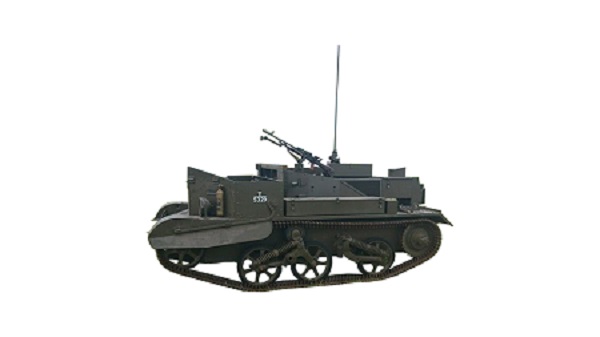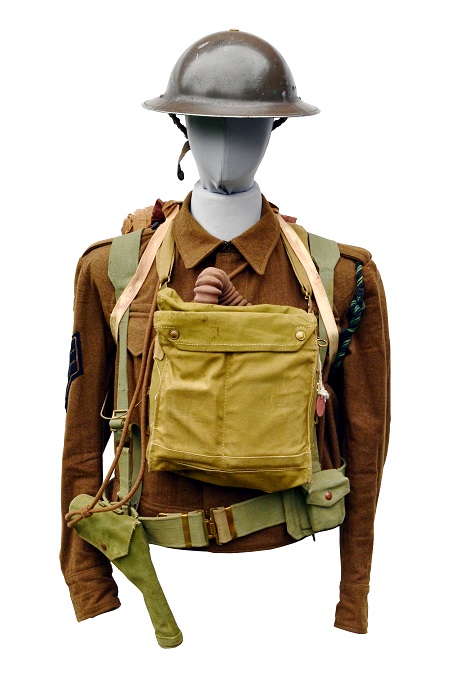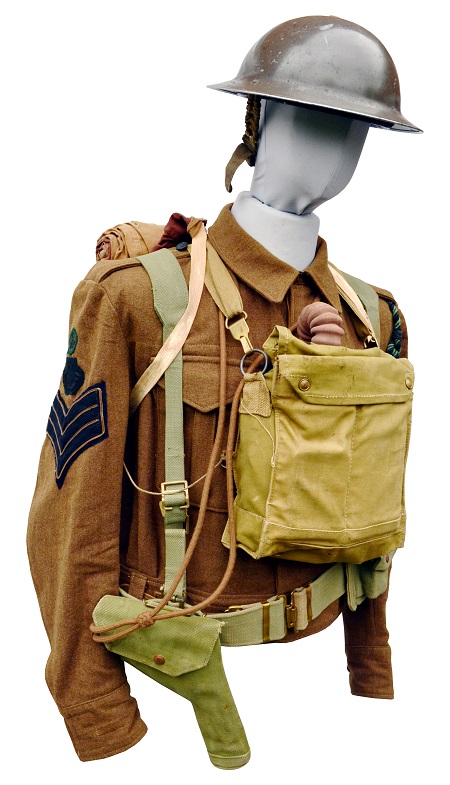
The British Army had, right up until the beginning of the 20th century, used leather for its equipment. The move away from leather was initially due to increasing costs, but during WWI, it was discovered that the webbing was not only cheaper and quicker to produce, but also harder wearing in the conditions to be found on the modern battlefield. Many believe the 1908 pattern webbing equipment to be the best set ever issued to the British Infantry, although arguably the most iconic was that issued in 1937.
The key to the 1937 equipment issue was to produce a modern mechanised army, which could be equipped economically, as well as , offering the practicality needed. The French, for example, sent their infantry to war in 1939 in a uniform little changed from that of 1918 and the Germans went for a uniform designed more for the overall looks than any practical consideration as a whole. Both the French and German uniforms were wasteful in terms of the amount of material required, whereas the British issue of 1937 was, while arguably not as stylish, exactly what was required.
Below we have the tunic and equipment of a British Sergeant of the Rifle Regiment. The team at Dunkirk1940.org would like to extend our grateful thanks to Lawrence Taylor of The Rifles Living History Society http://theriflesww1.org/ for the loan of the uniform and the descriptions.

37 pattern driver's equipment; belt, brace attachment, one ammunition pouch, holster, .38 Webley revolver.
Rolled gas cape, brown.

Back
